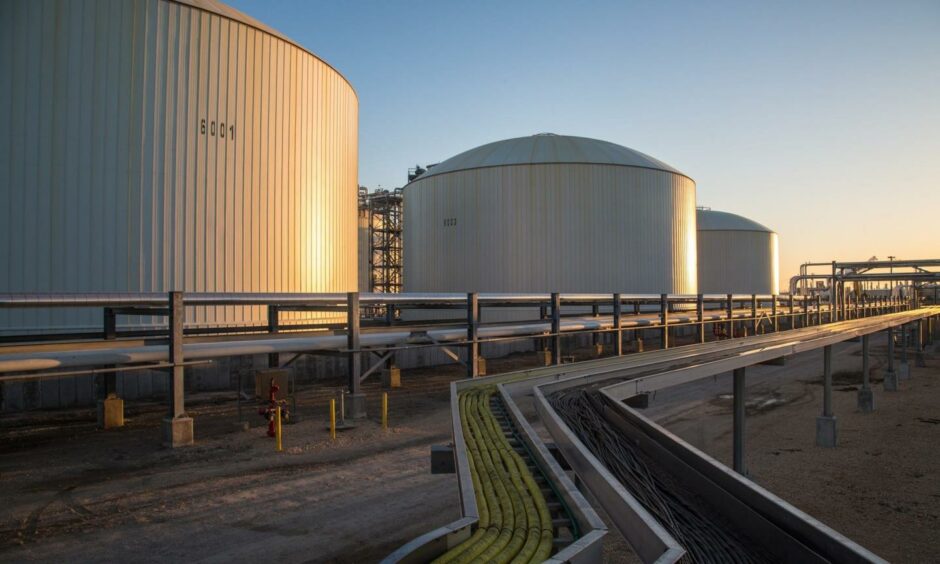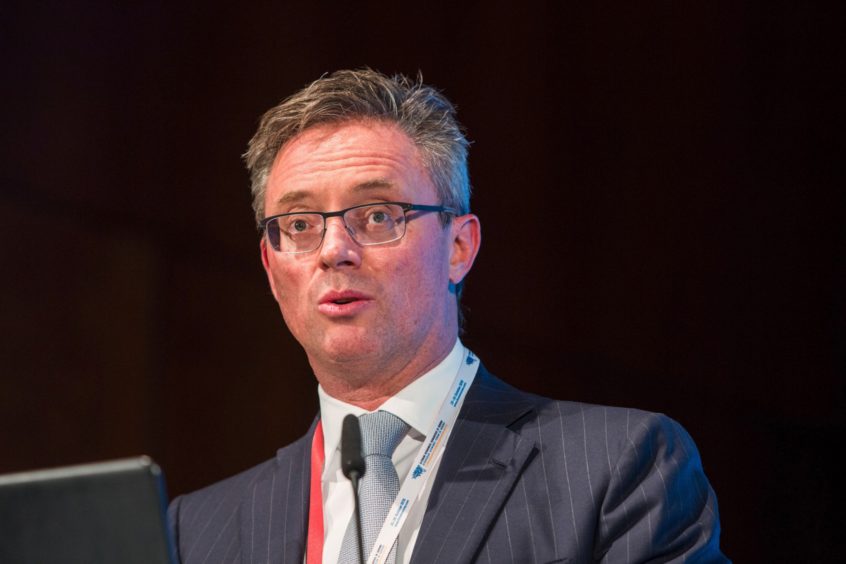
Commodity trader Trafigura will pay out $1.71 billion in dividends to its employee shareholders, the company said today, reporting record profits for the 2022 financial year.
The company pays dividends to its 1,100 shareholders, up by around 100 from 2021. If it paid out dividends equally this year, each shareholder would receive $1.56 million.
In 2021, it announced dividends of $1.12bn. This amounted to a dividend per share of $44.7, with this rising to $68.8 for 2022. In 2020, Trafigura announced dividends of $585.9mn, breaking down to a paltry $585,900 per shareholder.
The trader said there were “significant benefits” to its shareholder model, as it “offers a powerful retention and recruitment tool”. This is particularly important as the company moves into new markets, such as green hydrogen and power trading.
“Our shareholder model encourages our senior employees to take the long view and think hard about risk, business continuity, and the future performance of the company,” it said.
Trafigura has invested in H2 Energy, which produces green hydrogen for heavy transport. This company is working on a gigawatt scale project in Denmark, targeting a final investment decision (FID) in 2023.
Green hydrogen, the trader said, will “require massive production capacities to drive down costs and ensure availability for end users”.
A major rise in profits drove dividend growth this year, reaching $7bn, versus $3.1bn in 2021 and $1.6bn in 2020. Group revenue reached $318.5bn, up from $231.3bn.
Trafigura achieved its higher revenues despite commodity volumes lower year on year. It traded 6.6mn barrels per day in 2022, down from 7mn bpd in 2021. LNG volumes fell to 13mn tonnes, down from 14mn tonnes.
Hedging strains
Ending Russian contracts reduced volumes and hedging became harder to secure in derivatives markets, it said.
Jeremy Weir, Trafigura CEO, said fewer market participants in the futures markets had made hedging “significantly more difficult”. The practice also requires more cash, given “vastly increased” margin requirements from clearing banks and exchanges.
“While larger, well-funded companies such as Trafigura are able to withstand these pressures, it is vital that measures are in place to ensure an orderly market even at times of high volatility, so that the real world movement of goods is not impacted,” Weir said.
Trafigura COO Mike Wainwright said that in some markets that were particularly volatile or illiquid, the company had brought in “alternative risk mitigation measures. Assessing and managing the liquidity risks and costs associated with hedging on futures markets has become a core part of a trader’s job.”
Trafigura noted particular hedging challenges in the fuel oil and power markets.
Recommended for you


